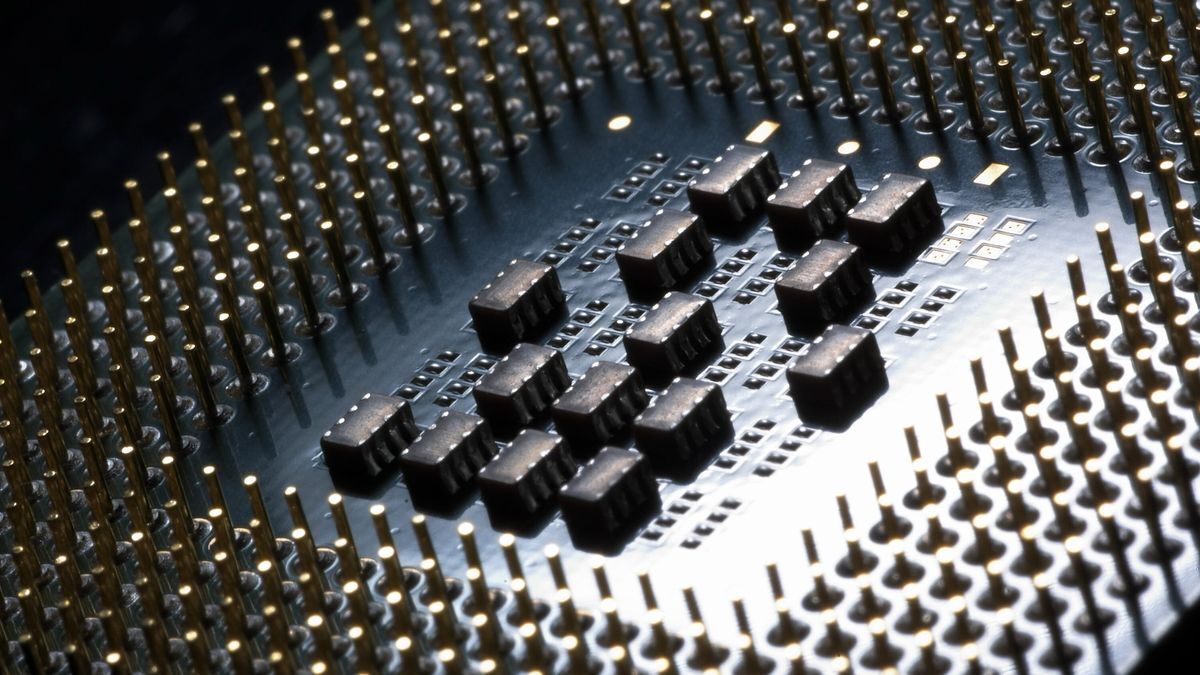Everybody in the know, knows that x86 64 bit was held back to push Itanium, Intel was all about market segmentation, which is also why Celeron was amputated on for instance RAM compared to Pentium.
Market segmentation has a profit maximization motive. You are not allowed to use cheap parts for things that you are supposed to buy expensive parts for. Itanium was supposed to be the only viable CPU for servers, and keeping x86 32 bit was part of that strategy.
That AMD was successful with 64 bit, and Itanium failed was Karma as deserved for Intel.Today it’s obvious how moronic Intel’s policy back then was, because even phones got 64 bit CPU’s too back around 2009.
32 bits is simply too much of a limitation for many even pretty trivial tasks. And modern X86 chips are in fact NOT 64 bit anymore, but hybrids that handle tasks with 256 bits routinely, and some even with 512 bits, with instruction extensions that have become standard on both Intel and AMDWhen AMD came with Ryzen Threadripper and Epyc, and prices scaled very proportionally to performance, and none were artificially hampered, it was such a nice breath of fresh air.
And modern X86 chips are in fact NOT 64 bit anymore, but hybrids that handle tasks with 256 bits routinely, and some even with 512 bits, with instruction extensions that have become standard on both Intel and AMD
On a note of technical correctness: That’s not what the bitwidth of a CPU is about.
By your account a 386DX would be an 80-bit CPU because it could handle 80-bit floats natively, and the MOS6502 (of C64 fame) a 16-bit processor because it could add two 16-bit integers. Or maybe 32 bits because it could multiply two 16-bit numbers into a 32-bit result?
In reality the MOS6502 is considered an 8-bit CPU, and the 386 a 32-bit one. The “why” gets more complicated, though: The 6502 had a 16 bit address bus and 8 bit data bus, the 368DX a 32 bit address and data bus, the 368SX a 32 bit address bus and 16 bit external data bus.
Or, differently put: Somewhere around the time of the fall of the 8 bit home computer the common understanding of “x-bit CPU” switched from data bus width to address bus width.
…as, not to make this too easy, understood by the instruction set, not the CPU itself: Modern 64 bit processors use pointers which are 64 bit wide, but their address buses usually are narrower. x86_64 only requires 48 bits to be actually usable, the left-over bits are required to be either all ones or all zeroes (enforced by hardware to keep people from bit-hacking and causing forwards compatibility issues, 1/0 IIRC distinguishes between user vs. kernel memory mappings it’s been a while since I read the architecture manual). Addressable physical memory might even be lower, again IIRC. 248B are 256TiB no desktop system can fit that much, and I doubt the processors in there could address it.



